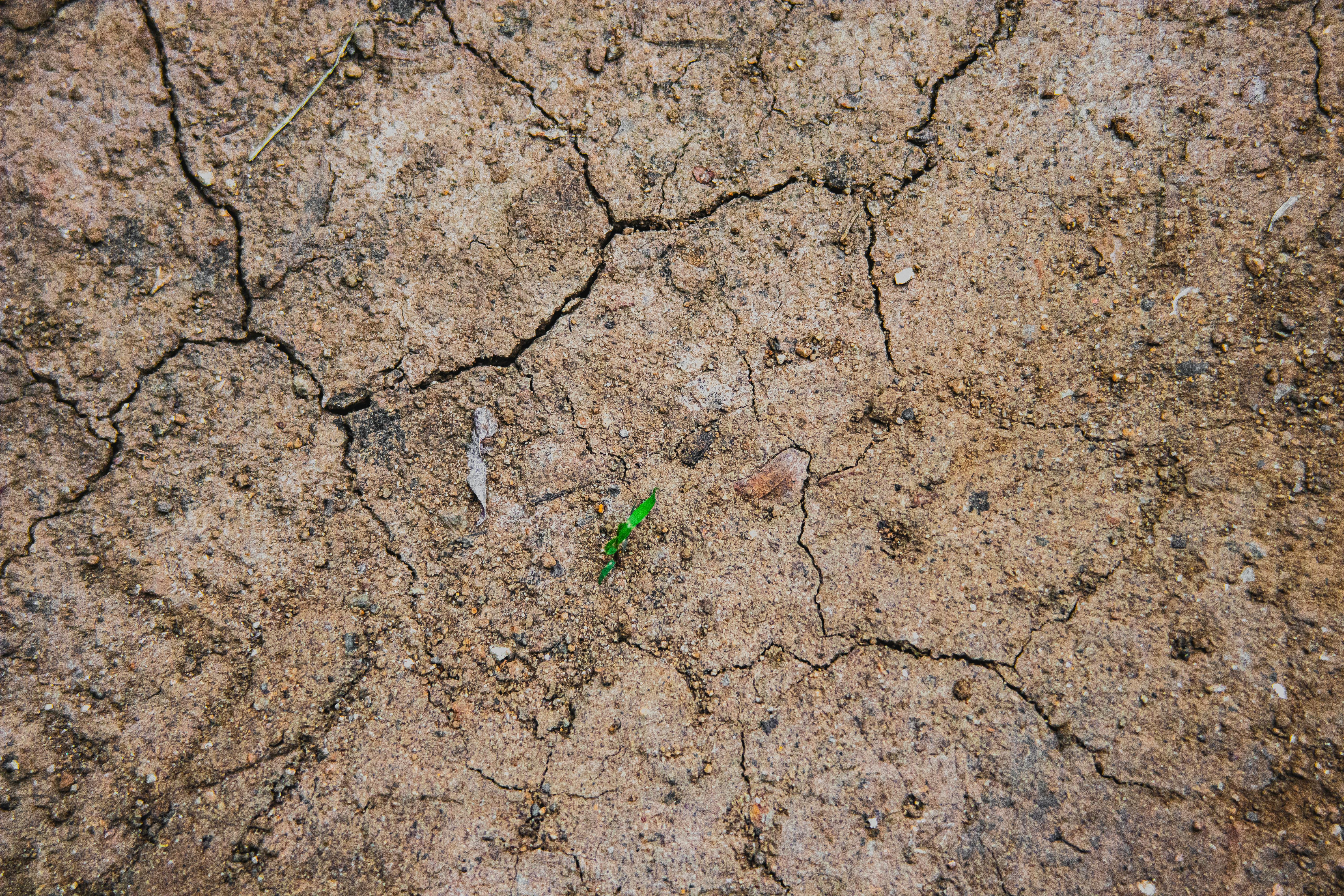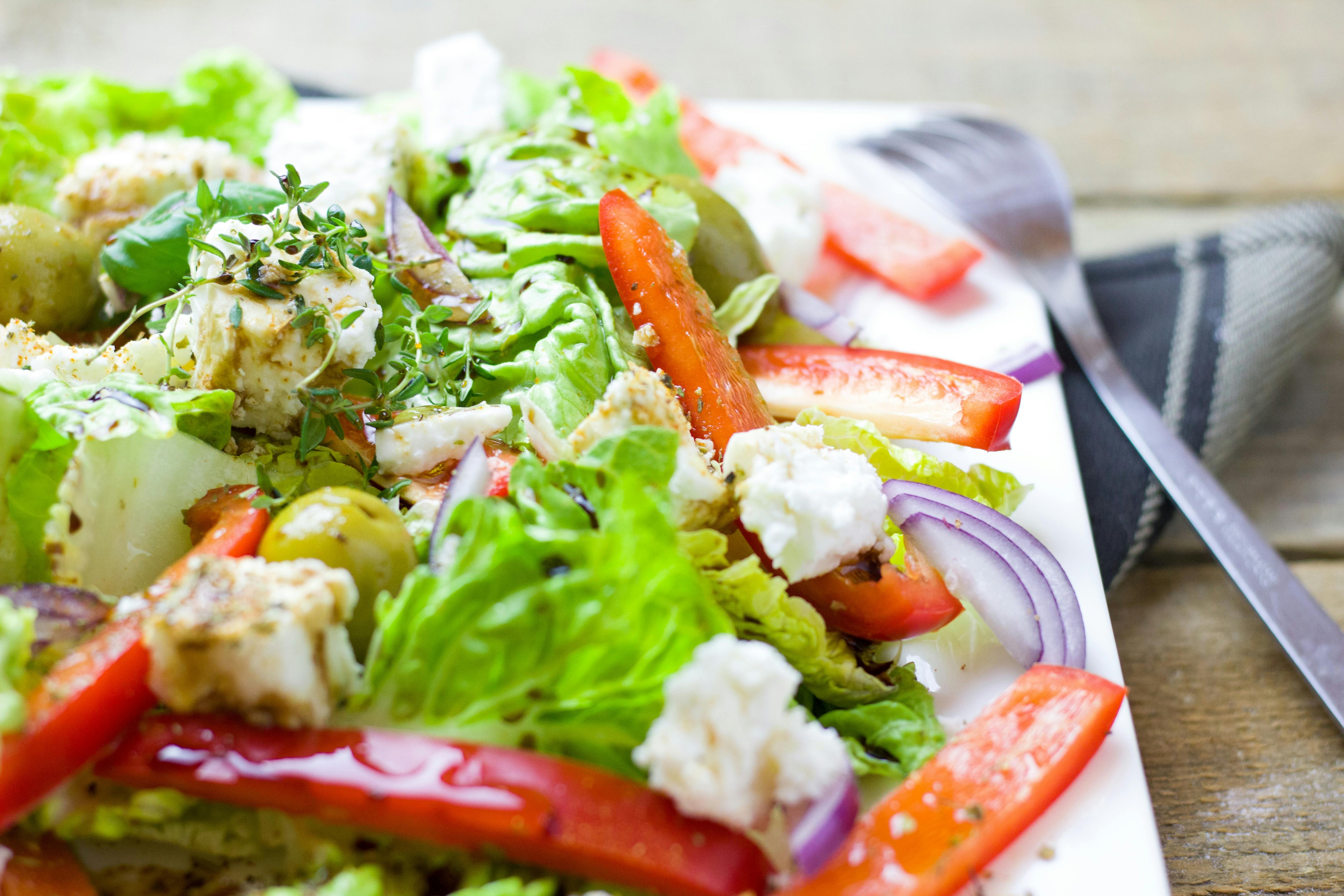How to Grow Watermelon: 5 Proven Tips for Success in 2025
Watermelon is not only a delicious and refreshing summer treat, but it also boasts numerous health benefits. However, many people might wonder how to grow watermelon successfully. This comprehensive guide provides essential tips and practices to help you cultivate this tasty fruit, whether you are a beginner or a seasoned gardener. From understanding watermelon planting tips to navigating potential challenges, we will cover everything you need to know for thriving watermelon plants.

Choosing the Right Watermelon Varieties
When it comes to growing watermelon from seeds, selecting the right variety is crucial. There are numerous watermelon varieties, each offering unique flavors, sizes, and growing characteristics. Popular options include the classic seedless watermelons and those with vibrant flesh colors like yellow and orange.
Popular Watermelon Varieties
For those looking to grow watermelons, some of the best-known varieties include Sugar Baby, which is famous for its small size and sweetness, and Crimson Sweet, known for its large size and rich flavor. Seedless watermelons have gained popularity due to their convenience. When choosing, consider the warm climate and your garden space, as some varieties take up more room than others. Additionally, check the days to maturity listed on the seed packets to plan your growing season effectively.
Understanding Watermelon Growth Stages
Understanding the various watermelon growth stages can help significantly in managing your watermelon plants efficiently. Typically, watermelon progresses from germination and a seedling stage to flowering and fruit setting. Observing the plants closely during each stage can help take timely action regarding fertilization and pest control. Each stage requires specific care; for instance, maintaining proper soil moisture is vital for healthy seedlings.
Watermelon Planting Tips for Success
Once you've selected your watermelon variety, it's time to delve into some practical tips for planting. When it comes to when to plant watermelon, it’s best to wait until soil temperatures reach at least 70°F, generally in late spring or early summer, depending on your location.
Preparing the Soil for Watermelons
The best soil for watermelon is sandy or loamy with good drainage. Before planting, it’s beneficial to test the soil pH, which should ideally be between 6.0 and 7.5. Incorporating organic matter such as compost can enhance soil quality and fertility. Properly enriching your soil with watermelon fertilizer high in potassium will promote fruity growth and sugar content.
Optimal Watering and Sunlight Requirements
Watermelons need plenty of sunlight to thrive. Ideally, they should receive at least 6 to 8 hours of direct sun each day. In terms of watering, understanding the watermelon watering schedule is key. Water thoroughly but infrequently to encourage deep root growth, keeping the soil consistently moist but not waterlogged. This practice aids in developing sugar-filled fruits that are not only beautiful but flavorful.
Caring for Your Watermelon Plants
Regular watermelon care not only ensures healthy plants but also maximizes yields. Along with your watering schedule, it’s essential to monitor for pests and diseases. Watermelon pests and diseases, such as aphids and powdery mildew, can threaten your harvest, so early detection is critical.
Pest Management for Watermelon
Implementing organic pest control measures, such as introducing beneficial insects like ladybugs or using organic sprays, can help protect your plants without harming the environment. Additionally, practicing crop rotation and companion planting can create a healthier ecosystem and minimize pest issues.
How to Pollinate Watermelon
Watermelons depend heavily on pollination. Understanding how to pollinate watermelon can aid in fruit set. Hand pollination is an effective method if you notice a lack of insects in your garden. You can gently transfer pollen from the male flowers, which are more abundant, to the female flowers that have a small swelling at the base, indicating the potential for fruit.
Harvesting and Storing Watermelons
Knowing how long does it take to grow watermelon is important. Typically, watermelons take about 70 to 90 days from planting to harvest. Observing signs of ripeness is essential, as hints might differ between varieties. A dull skin finish and a hollow sound when tapped are sure indicators of readiness.
Harvesting Watermelon Properly
For how to harvest watermelon properly, use a sharp knife to cut the fruit from the vine, leaving a few inches of stem attached. This method prevents moisture loss. When storing watermelon, keep it cool and avoid stacking, which can bruise the fruit. Similarly, you can refrigerate cut watermelon wrapped in plastic to prolong freshness.
Benefits of Growing Watermelon
In addition to providing a luscious summer treat, growing watermelon offers numerous health benefits. This fruit is loaded with hydration, vitamins A and C, and antioxidants. Furthermore, it can provide ecological benefits by enriching the soil, and its high yields make it optimal for family gardens or larger agricultural endeavors.

Key Takeaways
- Choose the right watermelon variety suited for your climate.
- Prepare well-drained and nutrient-rich soil.
- Follow an effective watering schedule while ensuring proper sunlight exposure.
- Protect your plants from pests and pollinate when necessary.
- Harvest at the right times for the best flavor and storage considerations.
FAQ
1. When is the best time to plant watermelon?
The best time to plant watermelon is typically during late spring, after the last frost, when soil temperatures are consistently at least 70°F. This timing ensures better growth conditions and optimal yields.
2. How much water does a watermelon need?
A watermelon plant needs about 1-2 inches of water each week, depending on soil moisture conditions. Maintaining consistent moisture is key to growing plump and juicy melons.
3. Can you grow watermelon in pots?
Yes, you can successfully grow watermelon in pots as long as you select compact varieties. Ensure the container is at least 5 gallons and provide ample sunlight and support for trailing vines.
4. What are the nutrient requirements for watermelon?
Watermelon plants benefit from fertilizer higher in potassium and phosphorus, especially during the flowering and fruit development stages. Organic fertilizers can be particularly effective in fulfilling their nutrient requirements.
5. How do I protect watermelon from pests?
Preventive measures include crop rotation, maintaining good plant hygiene, and introducing beneficial insects. Utilizing organic methods ensures you can grow healthy watermelons without harming the environment.
6. What’s the optimal temperature for growing watermelon?
The optimal temperature for growing watermelon is between 70°F to 95°F. Extreme cold or prolonged dampness can stunt growth and promote diseases.
7. How do I know when to pick watermelon?
To determine when to pick watermelon, look for a dull appearance on the skin, the underside turning creamy yellow, and a sounding “thud” when tapped. These are signs that your watermelon is ripe and ready for harvest.
